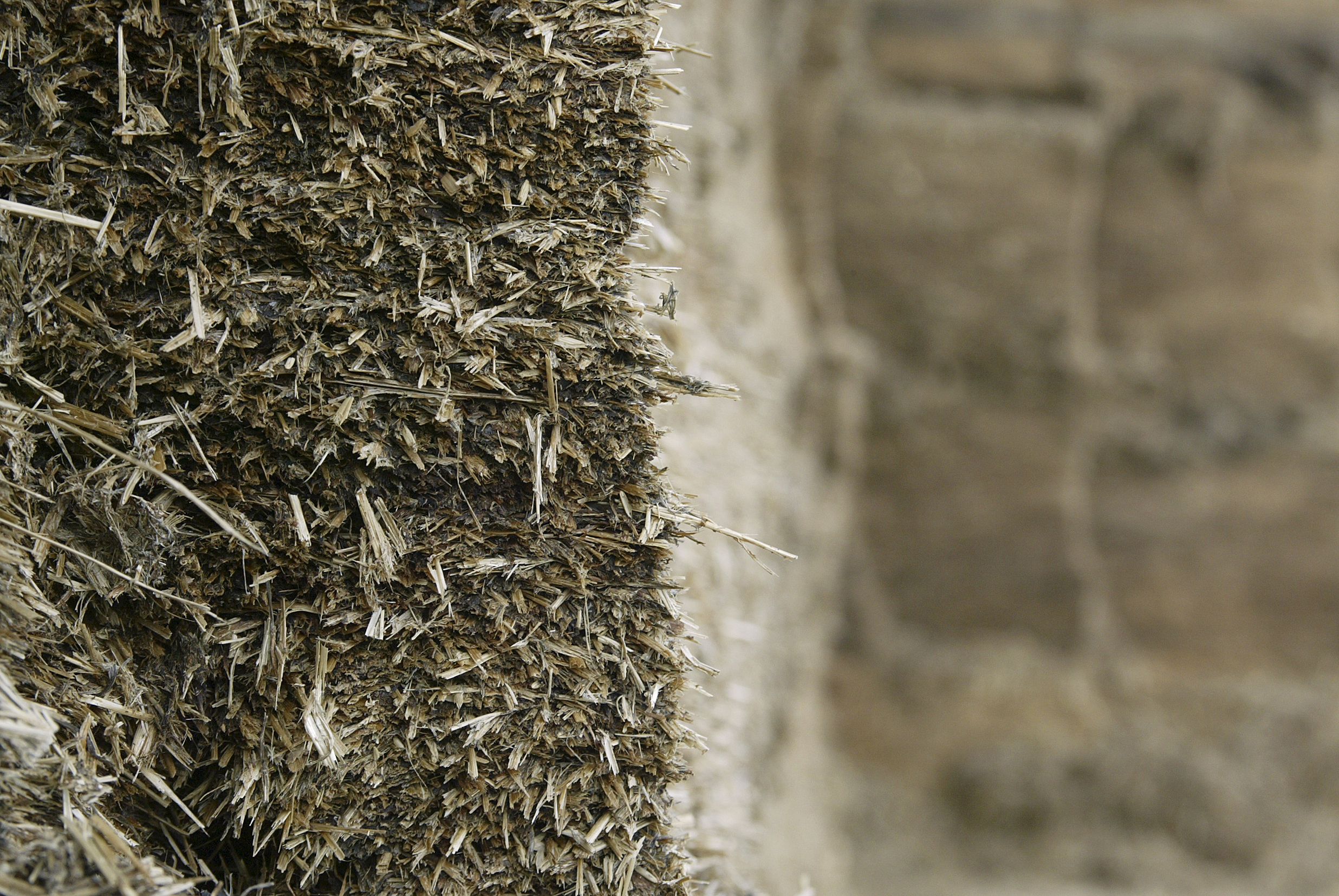A Lean look at silage cuts waste
Friday, 4 September 2020
Using your phone to film how you cut silage from the clamp and feed it to cows can save you money. By reviewing the film later with the farm team, it’s possible to spot areas of waste and find ways to eliminate these losses.
Assessing a process like this is part of Lean management. The Lean concept is designed to cut out waste and starts by looking objectively at where losses are occurring, says Lean consultant and author of The Lean Dairy Farm Jana Hocken. Processes are standardised so that a task is performed in the best possible way, to achieve a quality outcome as efficiently as possible, she says. Without standardised processes, then if more than one person is cutting and carting silage, the inconsistencies of face management and sheeting can lead to spoilage and losses of 10–20%.
“Instead of just watching a process, filming it allows you to really see it in action,” she explains. “Watching closely for the first time, it is hard to see waste in the way that things are done. People need to learn to see waste, not just accept it as normal or because ‘that’s the way we always do it’. If you can replay a video several times, you can spot more and more things that aren’t quite right and you can be objective about it.”
Putting some numbers on the amount of waste associated with feeding silage turns it from something classed as ‘not much’ into a relatable financial figure: “Putting a dollar value to it means that rather than waste it, I would rather have $100,000 in my pocket to pay off the mortgage, or buy a new tractor,” she points out.
A second source of considerable waste occurs when moving silage from clamp to trough. This is known as ‘motion waste’. “Every hour your tractor is working is costing you the equivalent of £50, just in maintenance and diesel. There is also the cost of your time spent zipping back and forth because of the way existing storage facilities are laid out. Think about the best position for the mixer wagon to stand and what sequence of loading ingredients would be more efficient.”
Jana adds that a further 5–10% of silage can be wasted through not being eaten, whether this is down to a miscalculation of the amount required, or spoilage leading to rejection. She is working with some farmers who are now measuring not only feed fed out, but also collecting and weighing feed leftover so that they know how much waste is being created. “Their target is to get this below 1%,” she says.
Eliminating waste is good for business. Jana’s role is to help dairy farmers work more efficiently to increase quality, cut costs and save time, thus improving productivity. However, these days she is also conscious of the environmental impact: “If you are wasting 20% of your feed, that’s a massive effect on the environment and sustainability. Everyone wants a higher milk price, but that is something you can’t control. You can, however, control your costs, how and what you do – and do it well.”

Topics:
Sectors:
Tags:

